Overview
Map
Other Details
كنيسة مار جرجس القديمة
Jounieh Sarba
Keserwan
Mount Lebanon
كنيسة مار جرجس القديمة - صربا بُنيت أواخر القرن الثامن عشر ، كان بقربها قلّاية، وهي كناية عن بيتٍ صغيرٍ مخصّصٍ لسكن الكاهن، نزل فيه الأمير حيدر أبي اللمع قائمقام النصارى في عهد القائمقاميّتين، وقد وقف الأمير الكثير من أرزاقه لهذه الكنيسة. والبناء كناية عن عقدٍ صغيرٍ مُصالبٍ ينتهي بحنية. تضمّ الكنيسة لوحةً غربيّة لمار جرجس. The old St George’s church - Sarba The Church was constructed at the end of the XVIIIth century. A "qelleye" - a small house meant for the priest's residence - was built near it. Prince Haider Abi Al-Lama', who served as the Christian Qaimqam during the Qaimqamiyat era in Mount Lebanon, stayed in the qelleye. He generously donated a significant portion of his livelihood to the church. The church's structure features a small crossed arch vault that culminates in an apse. Inside, there is a western-style painting of St George.
Visited 3469 times, 3 Visits today
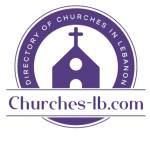


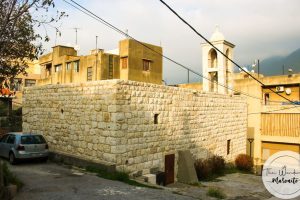



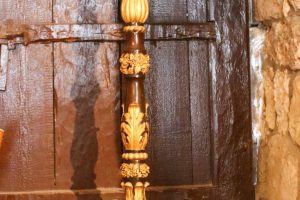
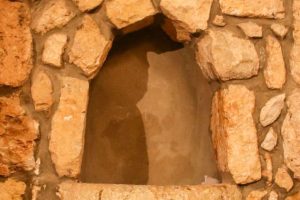
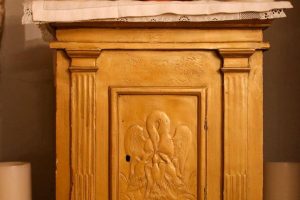
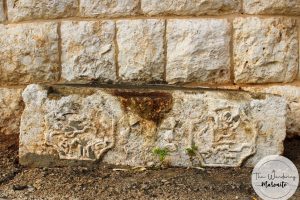
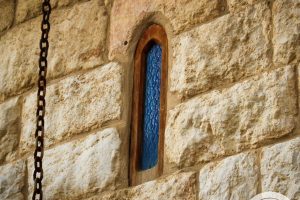
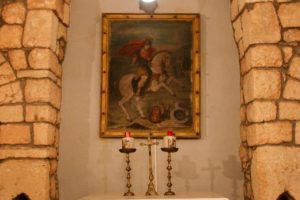












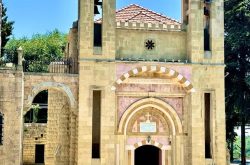


Reviews are disabled, but trackbacks and pingbacks are open.